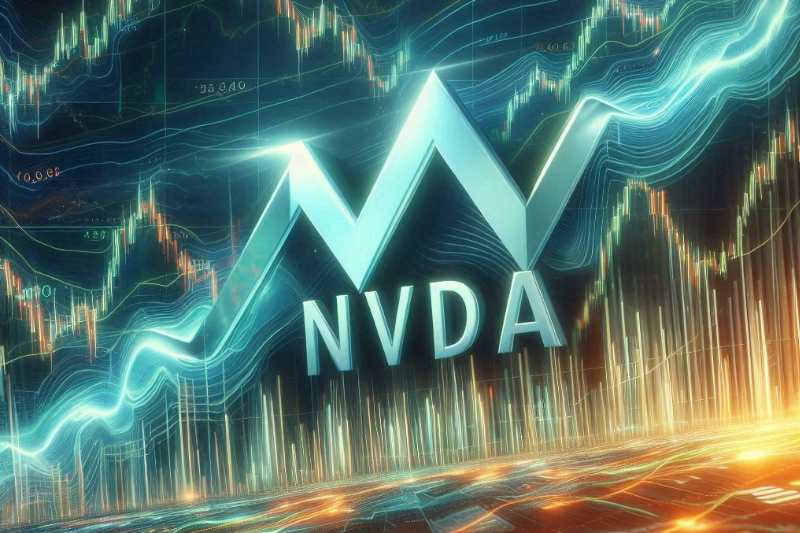A talented programmer doesn’t join a tech startup for the salary.
A CEO with a reputation for corporate turnarounds doesn’t take a new gig for a paycheck.
An entrepreneur raising money for their next big venture doesn’t count on annual raises to tie achievement to financial reward.
They all work for stock. And, given a choice, they prefer to earn that stock through what I call “Performance Shares.” (They’re like call options, but a little different than your traditional variety).
And when deals get done to fund these high-potential efforts, the most consistently successful investors behind the deals demand Performance Shares too.
In fact, companies rarely go public without throwing in these sweeteners. Warren Buffet insists on them when he invests. And Jeff Bezos’ Amazon now demands them from many company suppliers before signing them onto the platform.
Now, the reason for such extreme focus on this potent payout lever is simple: These hyper-competitive experts, executives, entrepreneurs, and investors all know that nothing has the power to turn brilliant effort into seven, eight, or even nine-figure bank accounts like Performance Shares.
They fuel a massive incentive to succeed. And everyone wants a piece of that.
But you don’t have to be an insider to get paid like you’re on the inside track.
Know what you’re looking for, and you too can find 1,000s of opportunities to punch up your portfolio with these powerful profit multipliers.
The Inside Track
For decades, employee stock options have been a critical tool used by startups to attract and retain talent.
They work just like any other call option in that they give employees the right to buy stock in the company provided the stock price rises above the strike price of the option.
So, when a company performs and drives the stock price higher, these options provide a way to own shares with a baked-in profit. The company raises cash equal to the strike price, and the employee owns stock at a much lower price than it fetches in public markets.
And like regular options, the payoff on employee stock options can exceed the stock gains by several-fold.
The only real difference is that these options don’t trade publicly. They are limited to employees, executives, and board members. Companies issue these call options rather than like an Option Writer does with traditional options. And when insiders exercise their options, the company issues new stock rather than the option writer buying shares on the open market.
They also come with long expiration dates, usually years in the future. So, success doesn’t have to happen overnight but instead gives employees the benefit of time to get the biggest payout possible.
And while employee stock options are for corporate insiders, there’s another type of Performance Share exclusively for investors.
Tailored for Investors
When companies raise money through a public offering, they issue units, whether through a SPAC or traditional IPO.
Those units are essentially a package of securities – like a share of stock and a warrant. And warrants are the Performance Share part of the package.
But once the investment bank leading the deal closes the capital raise and shares start trading, those units split, with warrants and stock trading separately.
And for companies that deliver on their plans and achieve massive success, those warrants can provide 5 to 20 times the profit you get from ordinary shares because warrants are simply another type of long-dated call option.
The terms usually go like this (at least for companies that go public through a SPAC transaction):
- Set the strike price at $11.50 (because SPACs tend to raise money from the public at $10 per share).
- When the SPAC gets final shareholder approval to merge with a company, set the expiration date for five years out.
- When you want to redeem your warrants and collect your shares, you pay the company $11.50 per warrant (the strike price) and receive stock that is presumably trading for much more (otherwise, there’s no incentive to redeem the warrants).
It’s the right to buy stock for much less than it trades that makes options so powerful. You leverage the upside while significantly limiting the amount you can lose if the company doesn’t perform.
For example, consider a stock alongside a warrant to buy that same stock for $11.50. Assume you can buy the stock for $10 and the warrant for $1.
Should the stock rally to $30 per share, you will have netted a 200% gain on the stock. But the warrants will be worth at least $18.50 for a 1,750% gain. Take that same stock to $50, and stock gains leap to 400% and the warrants gain at least 3,750%.
Now, I say at least, because $18.5 for the warrant in the $30 stock price scenario is the absolute minimum the warrants would be worth. The more time left before the warrants expire, the higher the warrants will trade above that minimum. So, speed to success can provide an even bigger dollar payout with warrants while, with stock, the dollar payout is the same, regardless of how quickly success unfolds.
Plus, warrants trade just like public stock on the New York Stock Exchange and Nasdaq. That means there’s no need to get approved for options trading with your broker.
So, with warrants performing so well in the event of success and trading just like shares, you can see why well-heeled investors insist on getting these investor-friendly Performance Shares added to every deal.
And there’s no better way to maximize your profit from the Age of Disruption than by owning Performance Shares in innovative companies at the bleeding-edge of that disruption.
Ground Floor Payoff
With warrants, you don’t have to be let in at the ground floor to benefit from the full ride.
Once they start trading, there’s still more than enough upside in the event of success. You’ll feel like you got in on the first financing round, even though the stock is public.
And it’s possible to find warrants issued by companies working in some of today’s most disruptive sectors.
Sectors like artificial intelligence, advanced battery tech, and autonomous driving sensors. Sectors that will soon converge with The Most Valuable Network in the Sky.
I recently finished up a report detailing why this network is so close being Prime-Time ready. In it, you’ll also find four companies highlighted that are making the most headway in this emerging network. Plus, it tells you exactly what Performance Shares to own today to position you for a ground floor payoff once the sector takes off.
You’re free to access it here.
And to help you navigate the turmoil brought on by unprecedented technological disruption within the context of an unsustainable political system, sign up to receive my free Prosperity Project newsletter.



